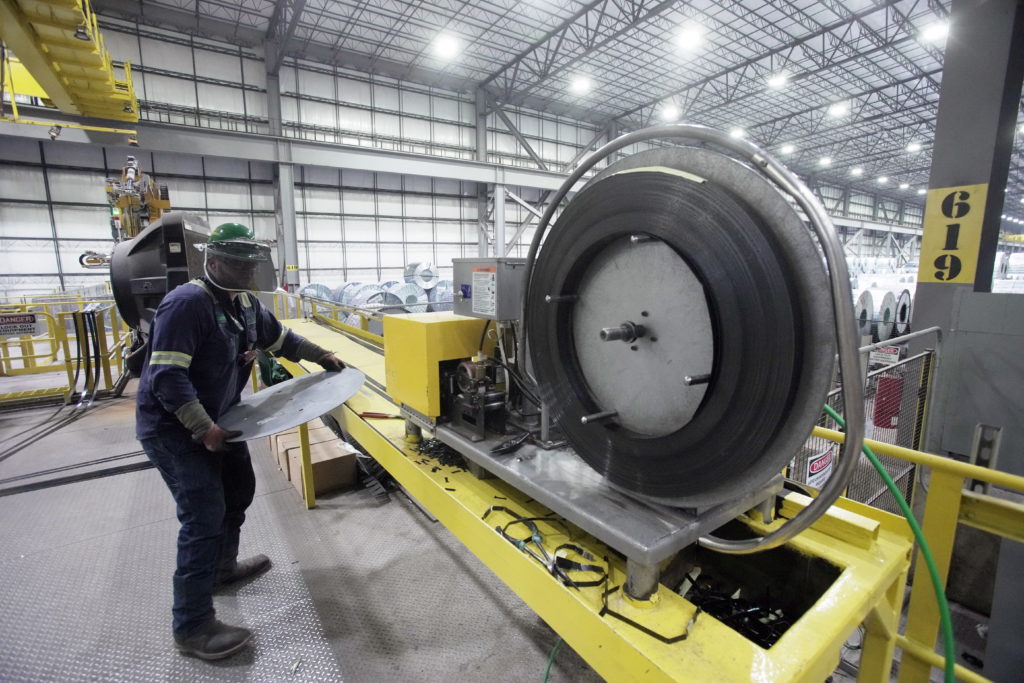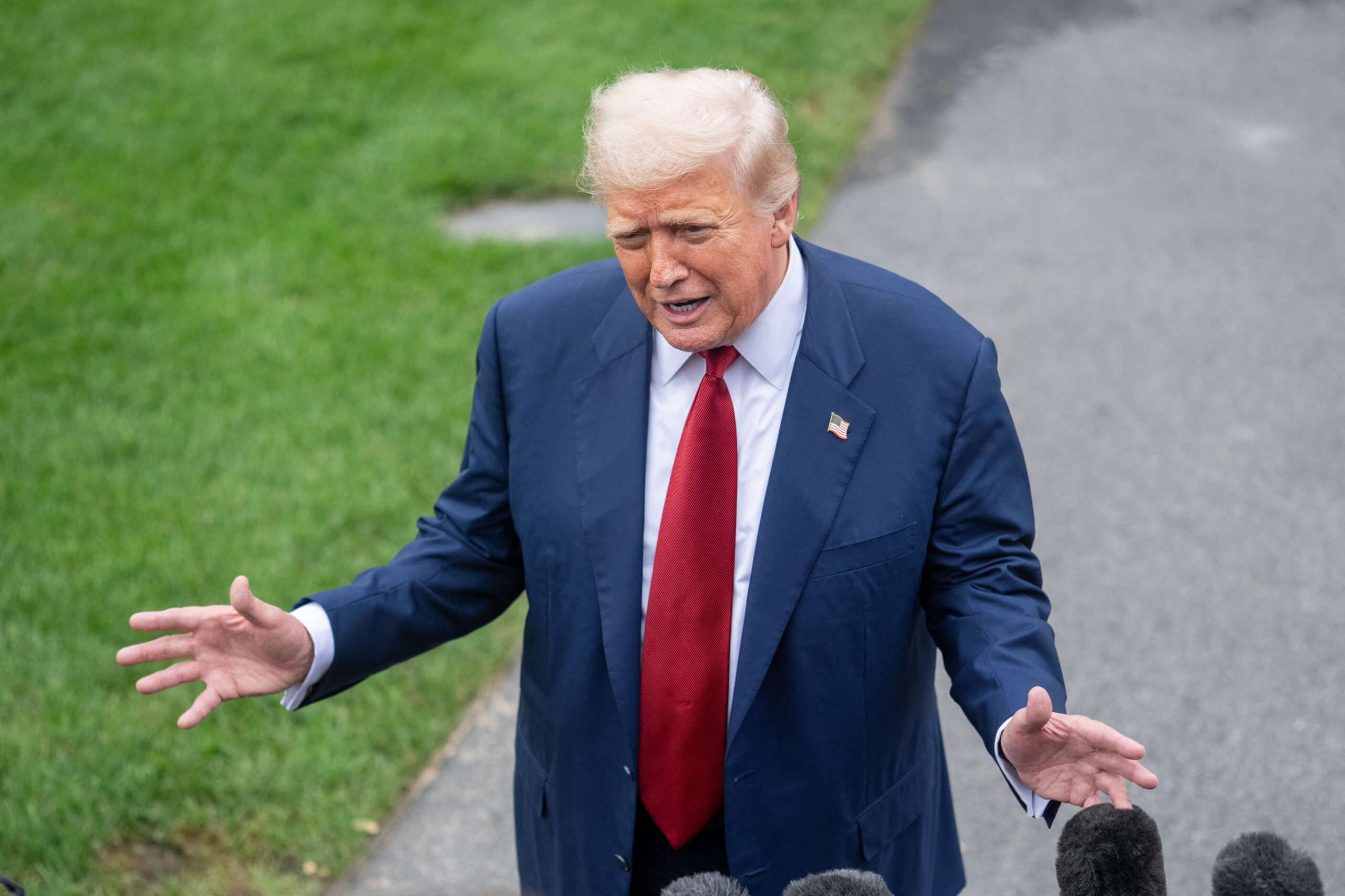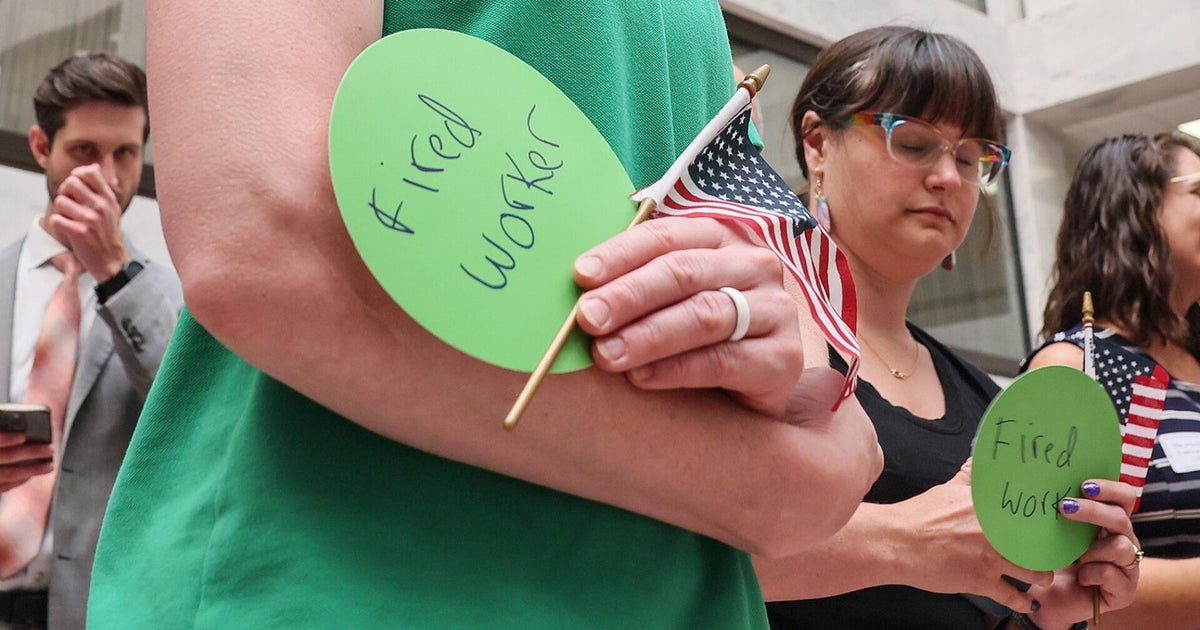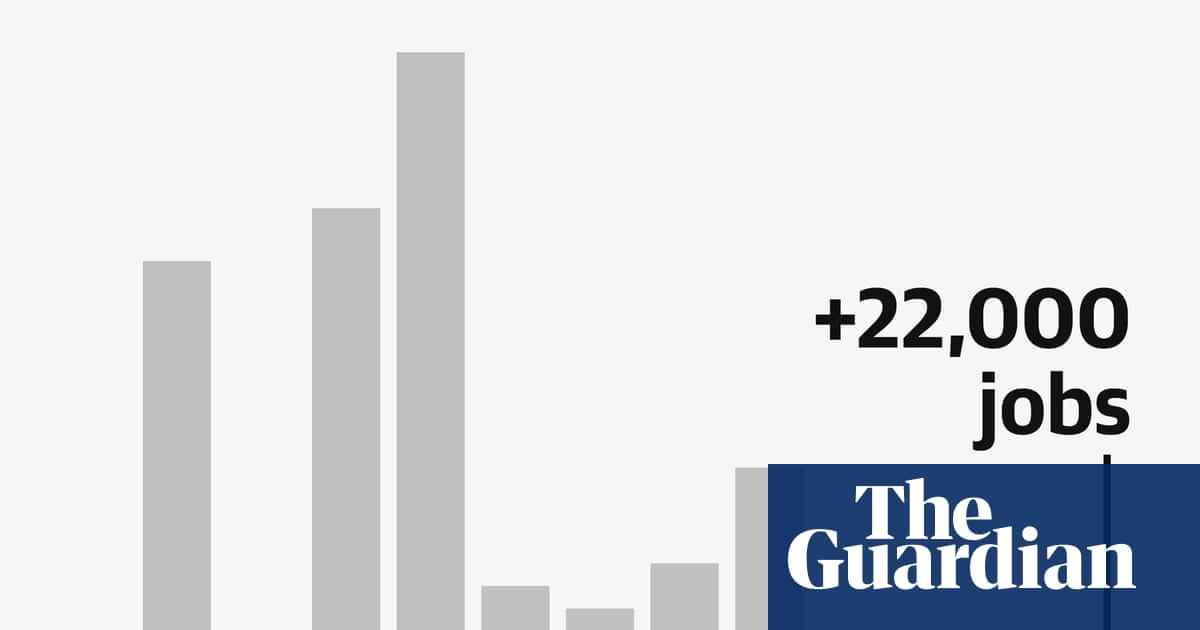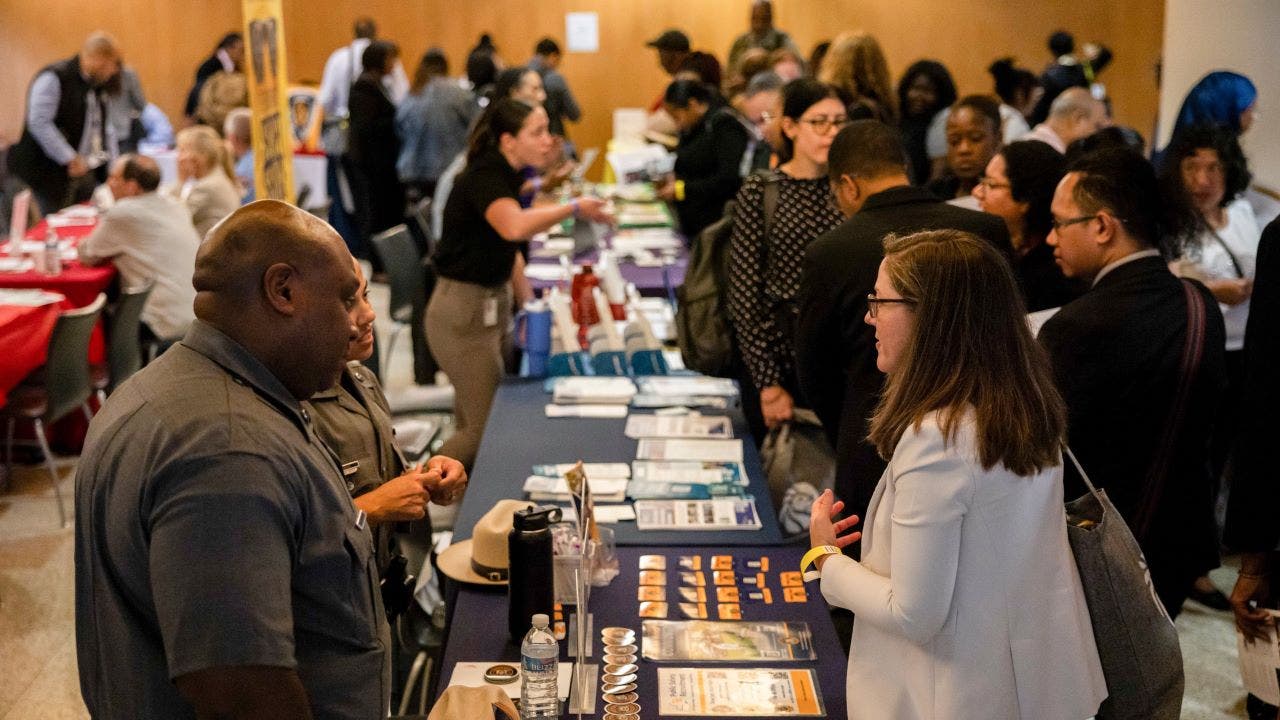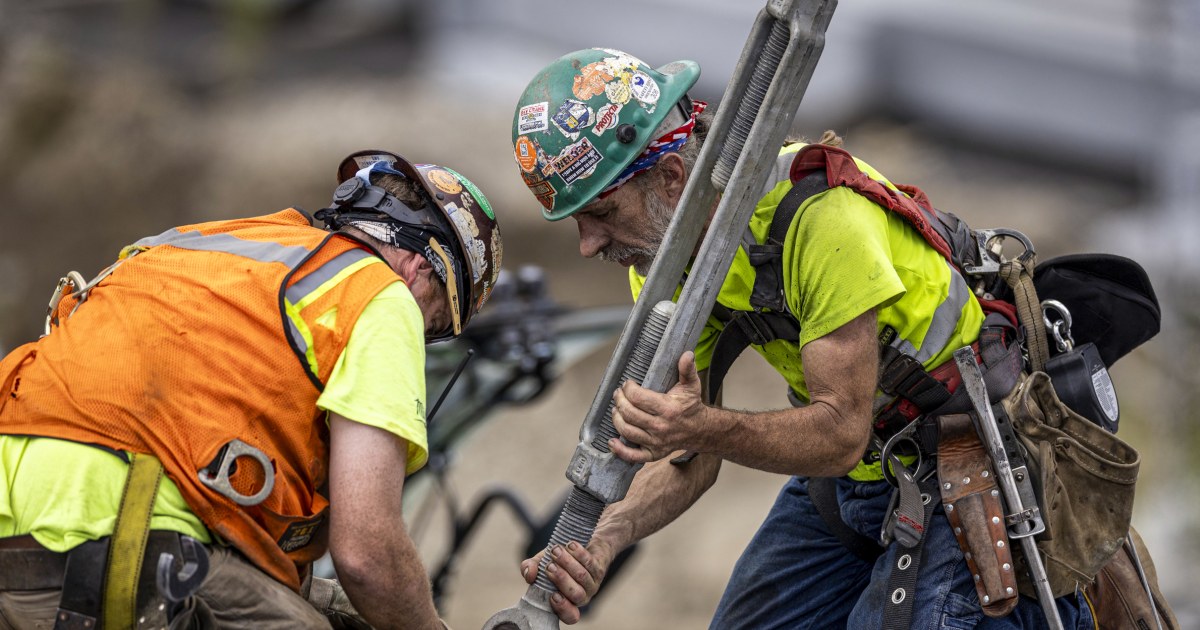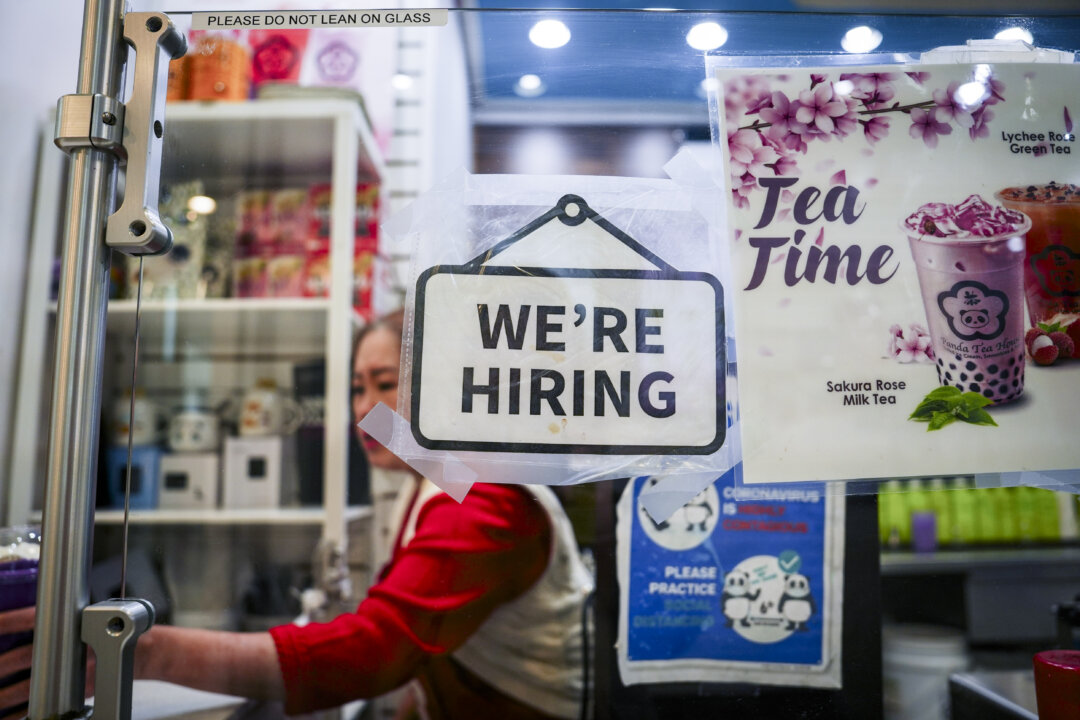U.S. Labor Market Weakens: Unemployment Rises, Job Vacancies Plummet to Four-Year Low
U.S. labor market significantly weakened in August, with unemployment rising to 4.3% and job vacancies hitting a four-year low, complicating Federal Reserve rate decisions.
Subscribe to unlock this story
We really don't like cutting you off, but you've reached your monthly limit. At just $5/month, subscriptions are how we keep this project going. Start your free 7-day trial today!
Get StartedHave an account? Sign in
Overview
- The U.S. labor market significantly cooled in August, with the unemployment rate rising to 4.3%, the highest level since 2021, indicating a major slowdown in hiring across the nation.
- U.S. job vacancies plummeted to a four-year low of 7.2 million in July, continuing a trend since March 2022, partly due to the Federal Reserve's sustained interest rate hikes.
- Employers announced over 892,000 job cuts through August, including an 85,979 surge in August alone, with significant reductions in healthcare, social assistance, and retail sectors.
- The U.S. economy added only 22,000 jobs in August, significantly missing economists' expectations, while unemployment claims have remained consistently high since April.
- This cooling labor market, characterized by more unemployed individuals than available jobs, complicates the Federal Reserve's decisions regarding future interest rate adjustments and potential cuts.
Report issue

Read both sides in 5 minutes each day
Analysis
Center-leaning sources frame this story by emphasizing negative economic indicators and directly attributing economic uncertainty to President Trump's trade policies. They use highly evaluative language to describe his reaction to job data, portraying him as "furious" and undermining a "technocratic agency" by nominating a "partisan idealogue," collectively shaping a critical narrative of his economic impact and leadership.
Articles (29)
Center (14)
FAQ
The rise in U.S. unemployment to 4.3% is due to a significant slowdown in hiring, with employers announcing over 892,000 job cuts through August, including increases in key sectors such as healthcare, social assistance, and retail, compounded by persistent high unemployment claims since April and effects of Federal Reserve interest rate hikes.
Job vacancies have plummeted as a result of the Federal Reserve's sustained interest rate hikes which have cooled the labor market and reduced demand for new hires, continuing a downward trend since March 2022, alongside employer caution in adding staff amid economic uncertainty.
The labor market cooling, marked by more unemployed individuals than available jobs, complicates the Federal Reserve's decisions on future interest rate adjustments and potential cuts, as it creates uncertainty about the appropriate pace to balance inflation control with employment needs.
The U.S. labor force participation rate has slipped to 62.2%, influenced by factors such as accelerated immigration policy and 'baby boomer' retirements shrinking the labor pool; this lower participation exacerbates worker shortages despite unemployment levels, affecting employers' ability to fill roles.
Employers are responding by postponing hiring or restructuring decisions amid ongoing turbulence, while prioritizing role redesign to integrate AI, strengthening workplace culture to retain talent, and ensuring responsible use of technology to manage the evolving labor landscape.
History
- 2M

 12 articles
12 articles
- 2M

 4 articles
4 articles
- 2M

 5 articles
5 articles
- 2M

 4 articles
4 articles

